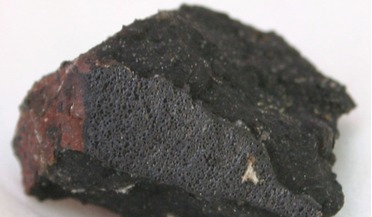 12 May 2021
Scientists discover liquid water inside a meteorite
12 May 2021
Scientists discover liquid water inside a meteorite
... pockets of carbon dioxide-rich liquid water, a finding which provides direct evidence of the dynamic evolution of the solar system. On this planet at least, water is key to life. Without it, the chemistry of life would simply be non-existent as this...
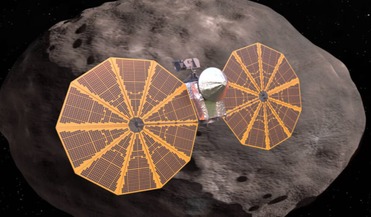 18 October 2021
NASA's Lucy mission launches, encounters problem with solar panel
18 October 2021
NASA's Lucy mission launches, encounters problem with solar panel
... insight into humanity's evolution, NASA hopes Lucy the space probe will revolutionise our understanding of the Solar System by studying “fossils” of planetary formation; Trojans. Clustered in two loose groups in an orbit around Jupiter – one group...
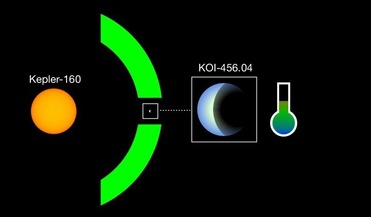 05 June 2020
Exciting exoplanet find around sun-like star
05 June 2020
Exciting exoplanet find around sun-like star
...is what a team led by the Max Planck Institute for Solar System Research in Göttingen have now found. Called KOI-456.0, the...just over 3000 light years from the solar system, Kepler-160 has a radius of 1.1 solar radii, and a surface temperature of 5200...
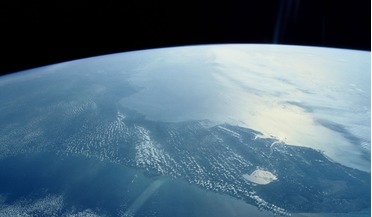 31 August 2020
"Dry" meteorites unlock the origin of Earth's water
31 August 2020
"Dry" meteorites unlock the origin of Earth's water
..., so to account for this disparity, it has been suggested that icy comets or asteroids which originated in the outer Solar System delivered the vast amounts of water engulfing our planet during a period of bombardment early in Earth’s history. The...
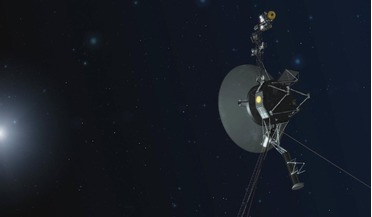 01 November 2017
Voyager 1 spies unexpected light at the outer edges of the Solar System
01 November 2017
Voyager 1 spies unexpected light at the outer edges of the Solar System
... 1 and 2 spacecrafts have proved to be one of the most remarkable missions for studying the outlying regions of the Solar System and the distant heliosphere. After 39 years of operation, these exceptional space probes are now the longest...
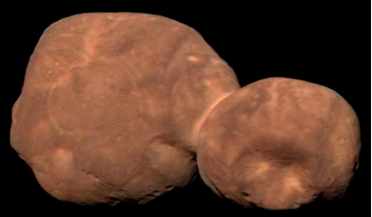 14 February 2020
Arrokoth helps resolve longstanding controversy on Solar System evolution
14 February 2020
Arrokoth helps resolve longstanding controversy on Solar System evolution
... of the planets – were formed. After a decade-long journey, traveling 3.26 billion miles (5.25 billion kilometers) across our solar system, NASA’s New Horizons spacecraft flew past Pluto and its five moons to give scientists an unprecedented view...